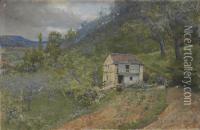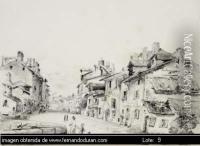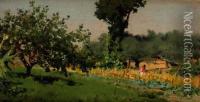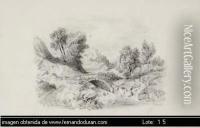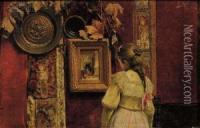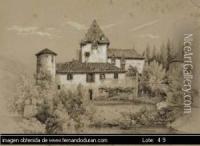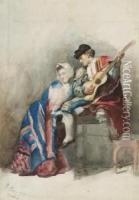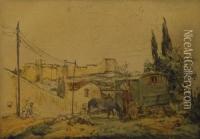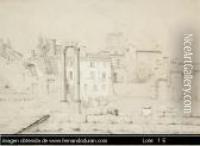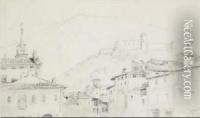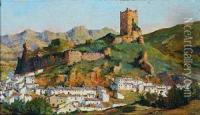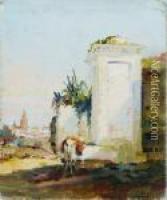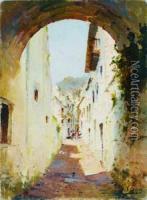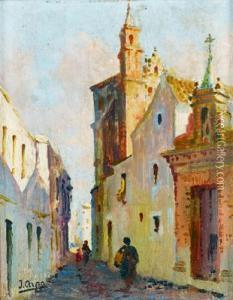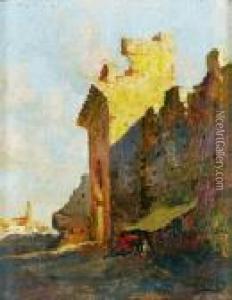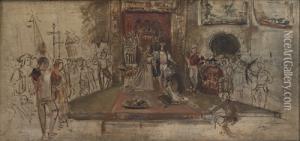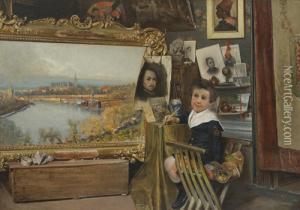Jose Arpa Y Perea Paintings
José Arpa y Perea was a Spanish painter known for his skill in both the classical and impressionistic styles. Born on February 19, 1858, in Carmona, Spain, Arpa showed an early talent for art. He studied at the School of Fine Arts in Seville and continued his education in Rome, where he was influenced by the Italian masters.
Arpa's work was characterized by vibrant colors and light, capturing the essence of the landscapes and scenes he depicted. He was particularly adept at portraying the effects of sunlight, which became a hallmark of his work. After spending time in Rome, Arpa traveled extensively, which broadened his artistic perspectives.
In 1890, Arpa moved to Mexico, where he was well received and continued to evolve his style. He taught at the Academy of San Carlos in Mexico City and left a significant mark on the local art community. However, his most long-lasting influence was in Texas, United States, where he relocated in 1899. There, he became a central figure in the regional art scene, particularly in San Antonio. Arpa y Perea's work was instrumental in introducing impressionistic painting techniques to the area, influencing a generation of Texan artists.
Throughout his career, José Arpa y Perea won numerous awards, including a silver medal at the Universal Exposition in Paris in 1889. His paintings were exhibited widely in Europe and the Americas, earning him an international reputation.
Arpa y Perea returned to Spain in 1932, where he continued to paint until his death on November 12, 1952, in Seville. His art remains appreciated for its contribution to the impressionistic movement and the depiction of Spanish and American landscapes. José Arpa y Perea's legacy lives on through his vibrant canvases that continue to be celebrated by art lovers and collectors around the world.
